
Zachary Jacobi has been beeminding since 2015, when he started using Beeminder (on the recommendation of Malcolm Ocean of Complice fame) to help him stick to his writing goals. He’s been at it ever since, with 19 active goals now. Today he’s here to tell us about how he set up his nifty Beeminder-branded Flic button to beemind sleep and distractions! (There’s also a ton of discussion about physical buttons in the Beeminder forum.)
The great folks at Beeminder were kind enough to give me a Flic Bluetooth-connected button. In exchange, I agreed to write about my adventures using it to track (and enforce) getting out of bed and avoiding distractions (or else, as is the Beeminder way, pay up). Given that in the past, I’ve written about Beeminder out of sheer gratitude for how much it’s helped me, this seemed like a pretty good deal.
(And in a classic example of why the regular warnings Beeminder gives are so useful, I then misremembered our agreed-upon deadline and ended up drafting this whole post the night it was due. Whoops!)
Why are you doing this?
Because I’ve noticed two problems with how I currently spend my time. One is that, despite my best efforts, I still often get distracted while I’m working. I’ve tried aggressive StayFocused settings and I’ve tried pomos. Both have helped but I’m still more beholden to the distraction economy than I’d like.
Second, I’ve noticed that I have a nasty habit of lazing around in bed checking my phone when I should be heading in to work. I’m lucky enough that I don’t have an official start time, but I still have to work the same amount of time no matter when I get in.
I figured that if I could fix both of these problems, I might get something like an extra half-hour of productivity out of every day. That might not seem like too much, but I’ve recently found myself so crunched for time with all of the things that I’m trying to do that I could really use that extra thirty minutes.
I originally intended to also use the button to force myself to go to bed earlier. I chickened out of that at first, but having compared my sleep to my Anki performance (the correlation between my four-day sleep average and my normalized performance is a whopping 0.75), I’ve decided that I need to beemind going to sleep as well.
What have the results been?
Really positive!
Tracking sleep and distractions is definitely a good use for a Bluetooth button. These are both areas where having to interact with a computer at all would probably make things worse, even given the benefits of Beeminder. Keeping the button on my desk, for handling distractions while I work, has also been great for my getting out of bed goal. And now every weekday starts with me madly scrambling across the room to get to the button in time, which turns out to be really helpful!
In terms of specific results, I believe my previous median time to get out of bed was 08:45, about 19 minutes after waking up. Since getting the Beeminder button working, I’m now out of bed by 08:33 at the latest, every work morning, without fail. This is twelve bonus minutes that I just got!
I don’t have much good data about how distracted I am but, anecdotally, my experience has been great. Over the past few days, I’ve even managed to turn reaching for my phone into reaching for the Beeminder button — and then returning to what I was doing. I’ve also taken to using the button as a pre-emptive measure, clicking it to signal to myself that it’s time to stop surfing the internet and start working.
(I had to use the button once while writing this post.)
There’ve been a few minor kinks, some that I have yet to iron out, like how to separate weekend requirements from weekday requirements or days I plan to get extra sleep, how to ignore any data that I enter after my cut-off, and occasional crossed wires between Beeminder, Flic, and the service that ties them together, which I’ll get to below. (Ideas solicited!)
So far, I’ve gotten around the cut-off issue by having really strict rules with myself (no hitting the button after my wake-up time) and sticking to them. In general, I’ve never found myself tempted to lie to Beeminder, but I’m looking for ideas about how to have a bit more enforced structure with this goal.
Tracking distractions has been seamless. Whenenever I tab out of what I’m supposed to be doing to browse Facebook or check the news, I hit the button (and try to go back to what I want to be doing). My goal is to keep below 12 of these each day and I have Beeminder set up so that a few successful days doesn’t give me carte blanche to be distracted on subsequent days. I’m seriously considering setting up a Flic profile on my work computer so I can track distractions there as well. I strongly recommend this use of the button for anyone who finds themselves easily distracted at a computer. [1]
How did you set it up?
Via three services: If This Then That (IFTTT), Flic, and Beeminder.
First, download the Flic desktop application. Once you have it, hit “Add new action” on your Flic controller. (You can also use the app, but I found that was very prone to failure.)
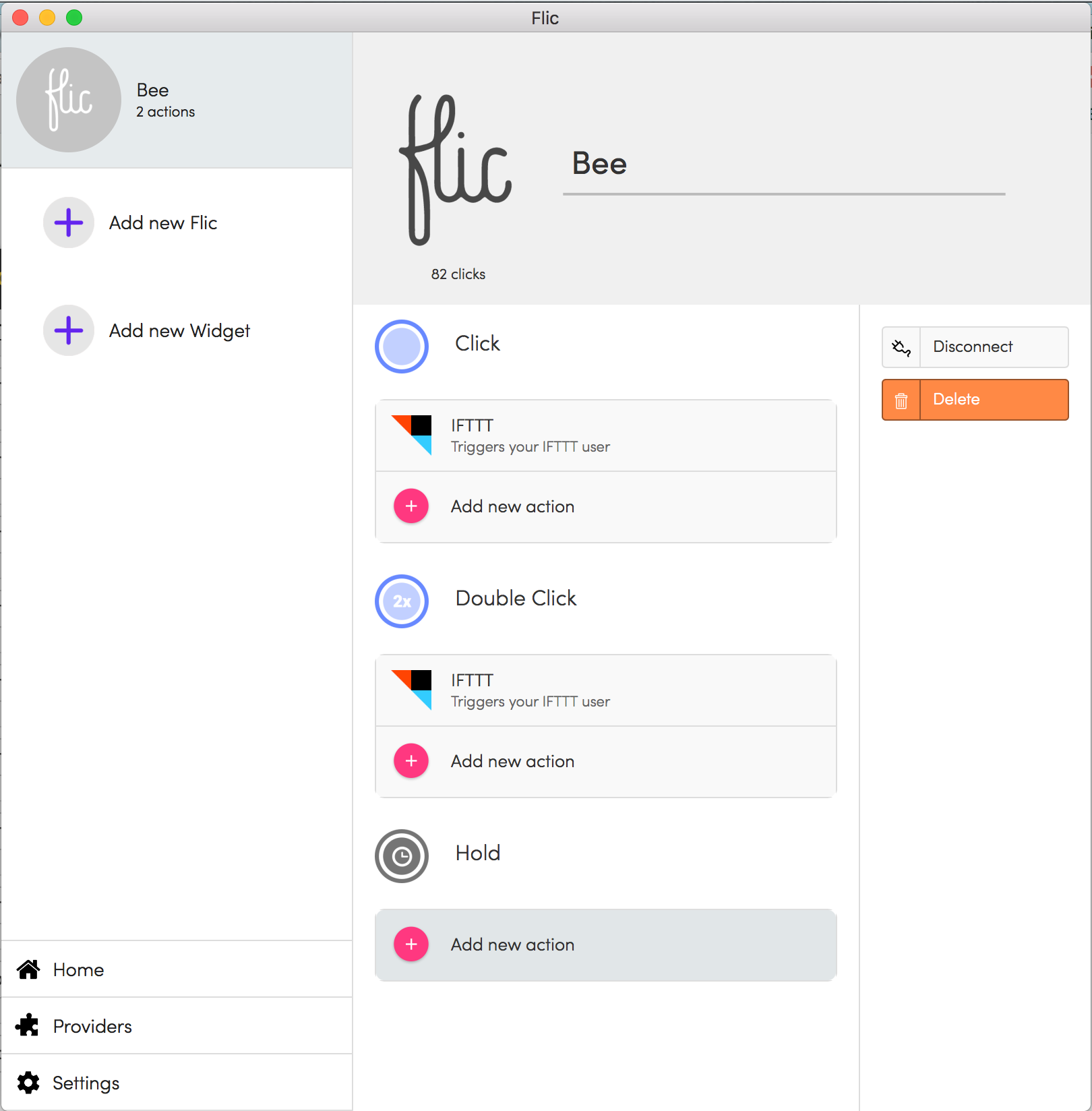
Then select IFTTT from the list of Popular Actions.
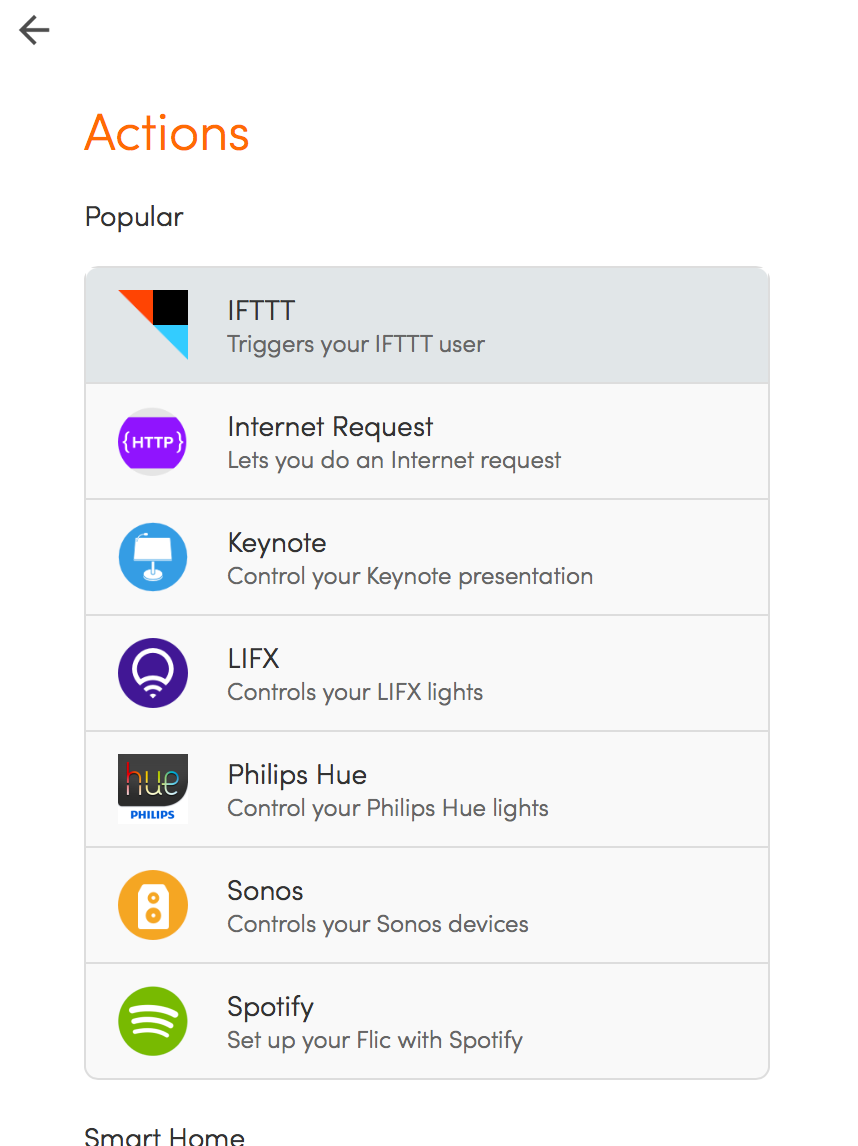
In the desktop app, there’s no configuration to deal with. Once you’ve selected IFTTT, you just need to hit Save and you’re done with Flic.
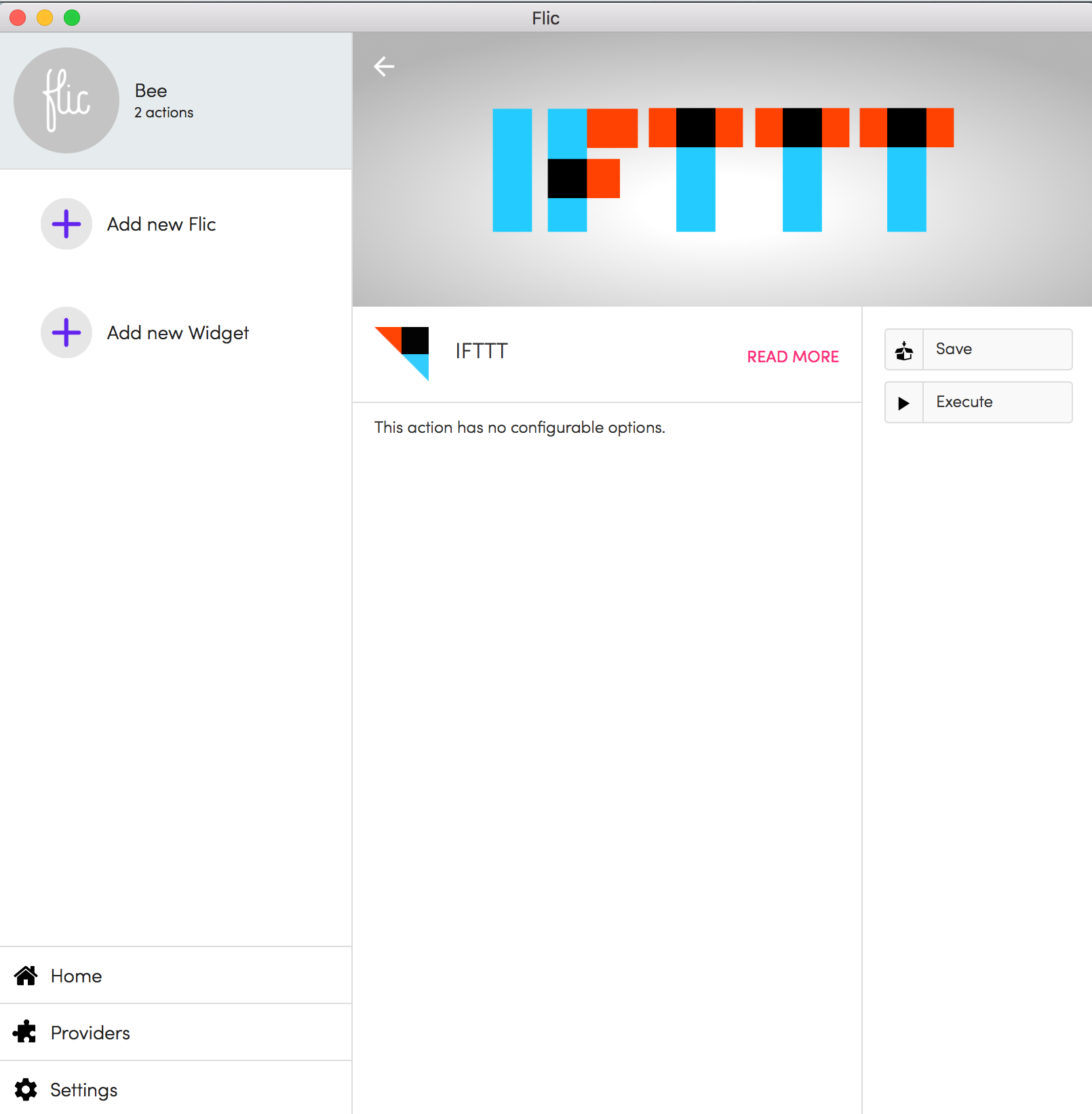
Next is Beeminder, where you’re going to create a new goal. There’s even an IFTTT option, which takes you right to the IFTTT website when you’re done.

On IFTTT, you want to go to your applets section. There, you can create a new applet with Flic as the IF THIS (button is pushed) and Beeminder as the THEN THAT (send a +1 to Beeminder).

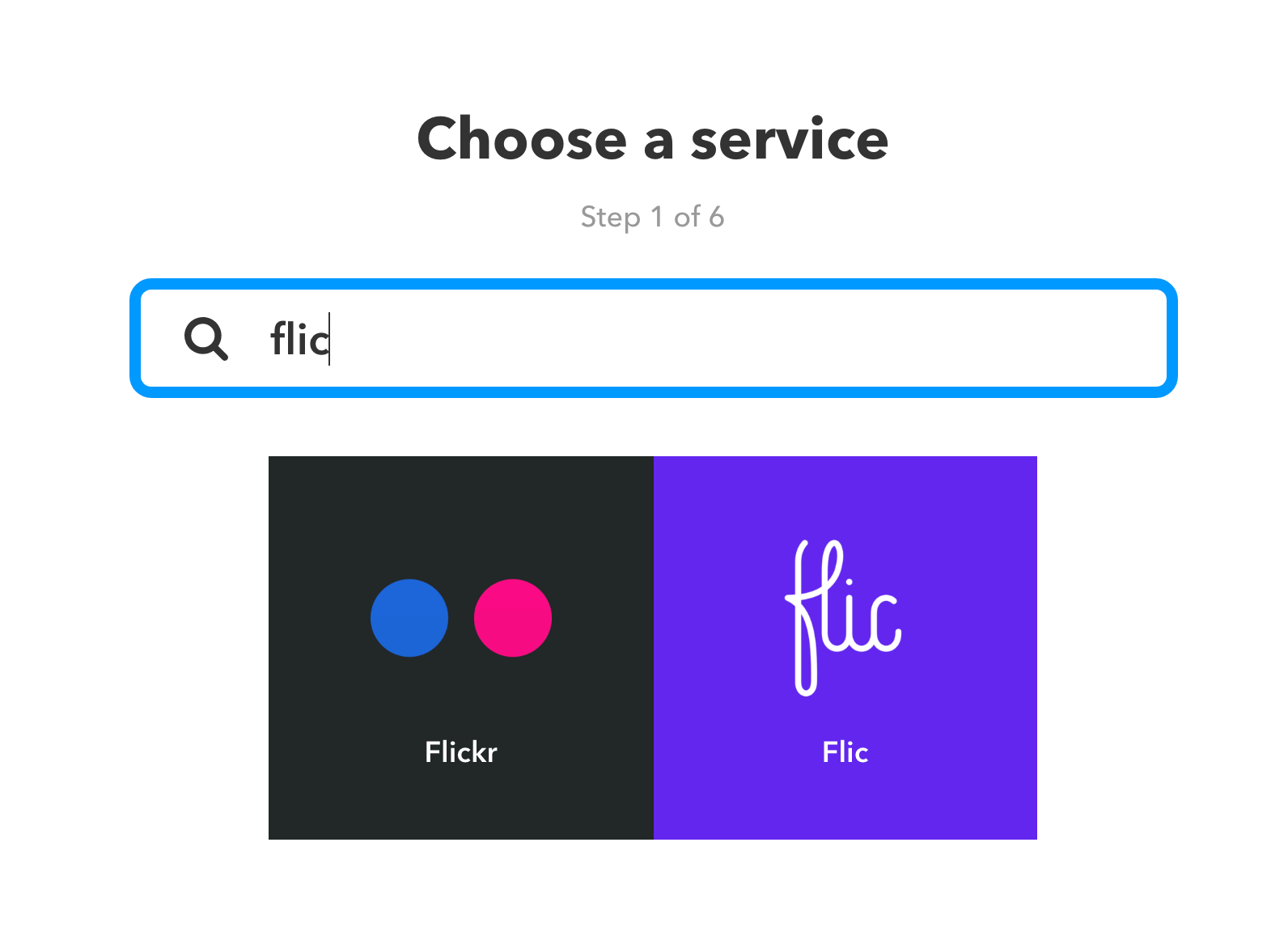
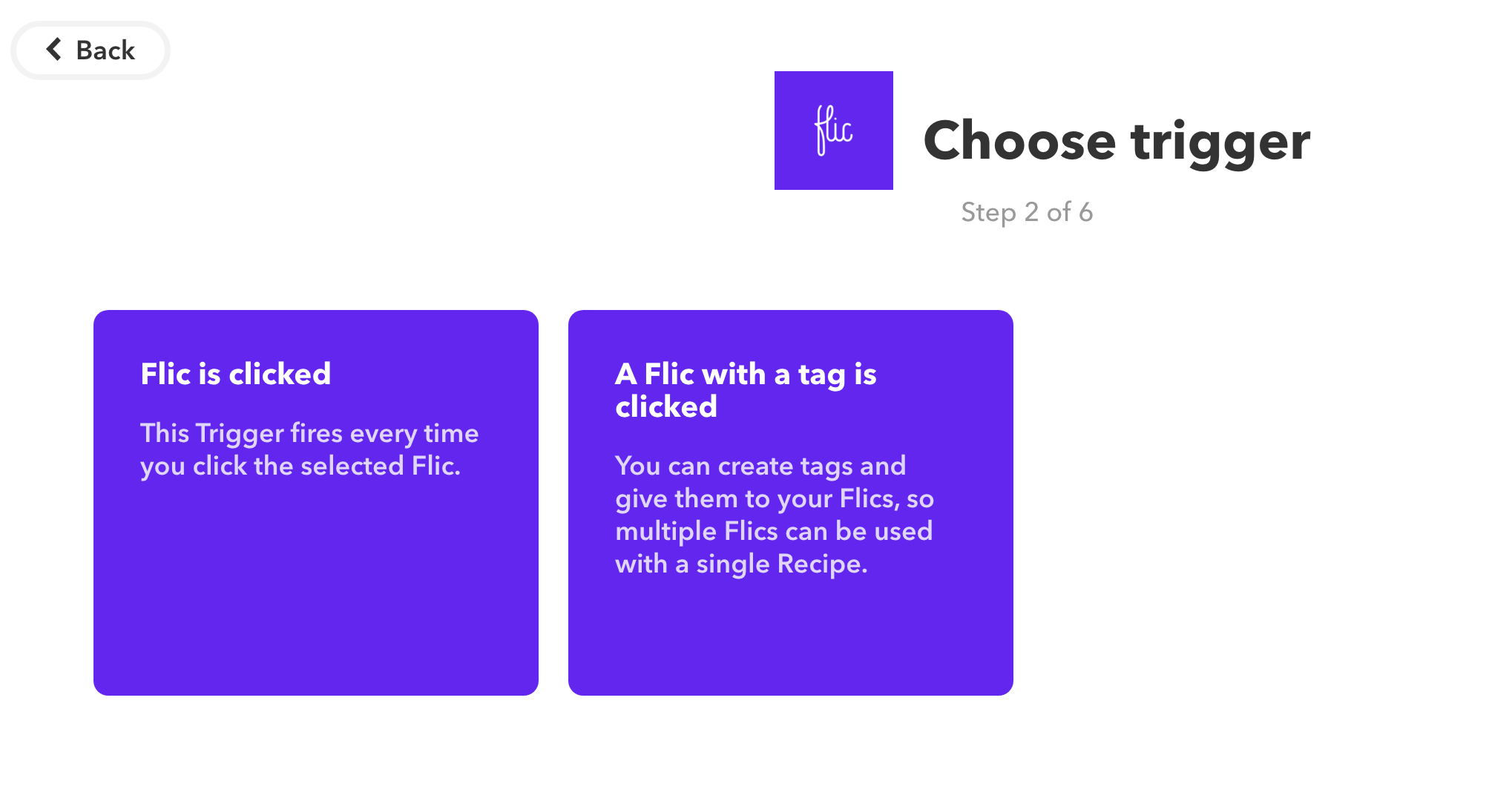

Now comes the THAT.

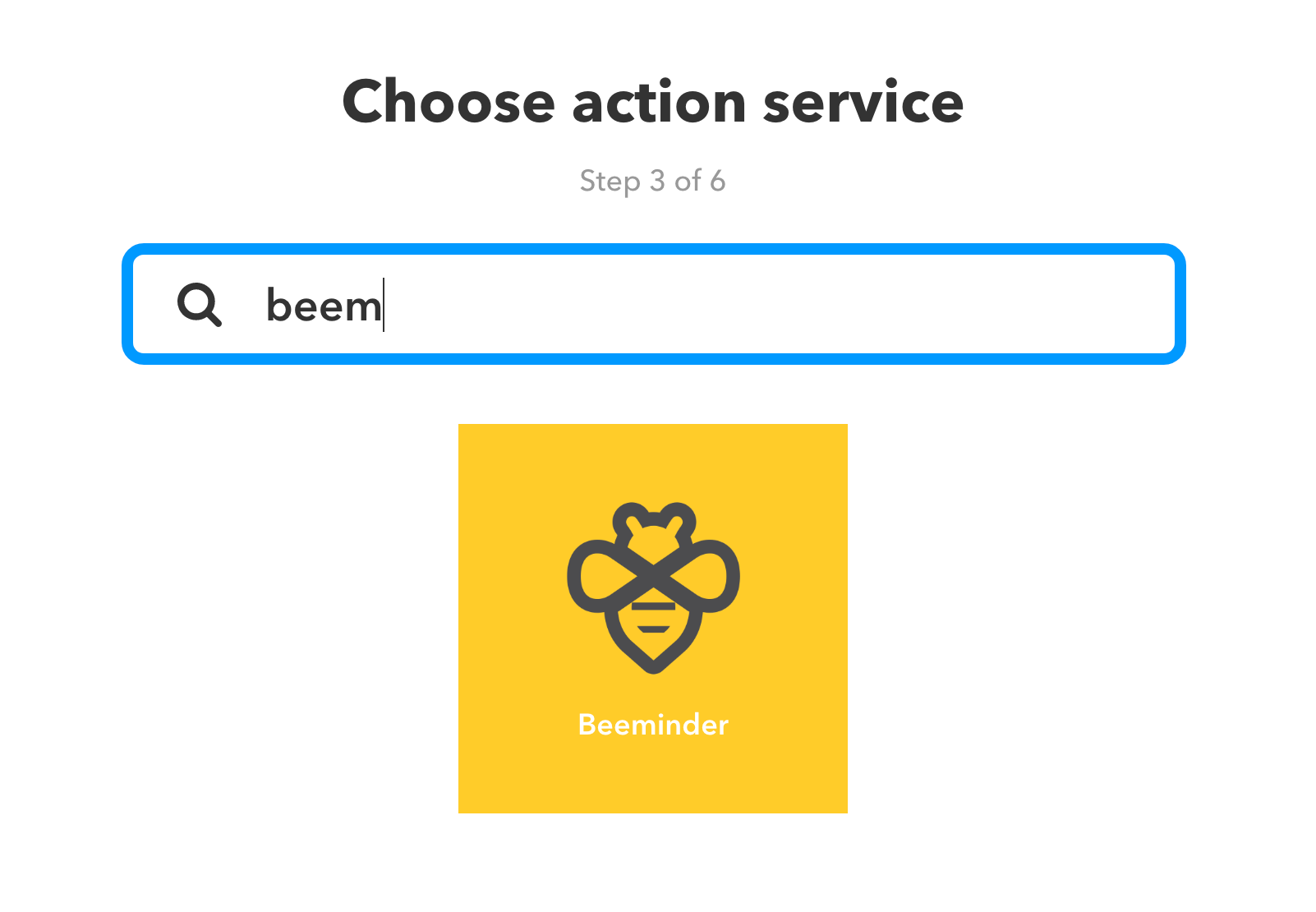
In general, you’ll want to add datapoints, not charge yourself immediately (but if you wanted a “charge me money immediately” button, that’s also possible).
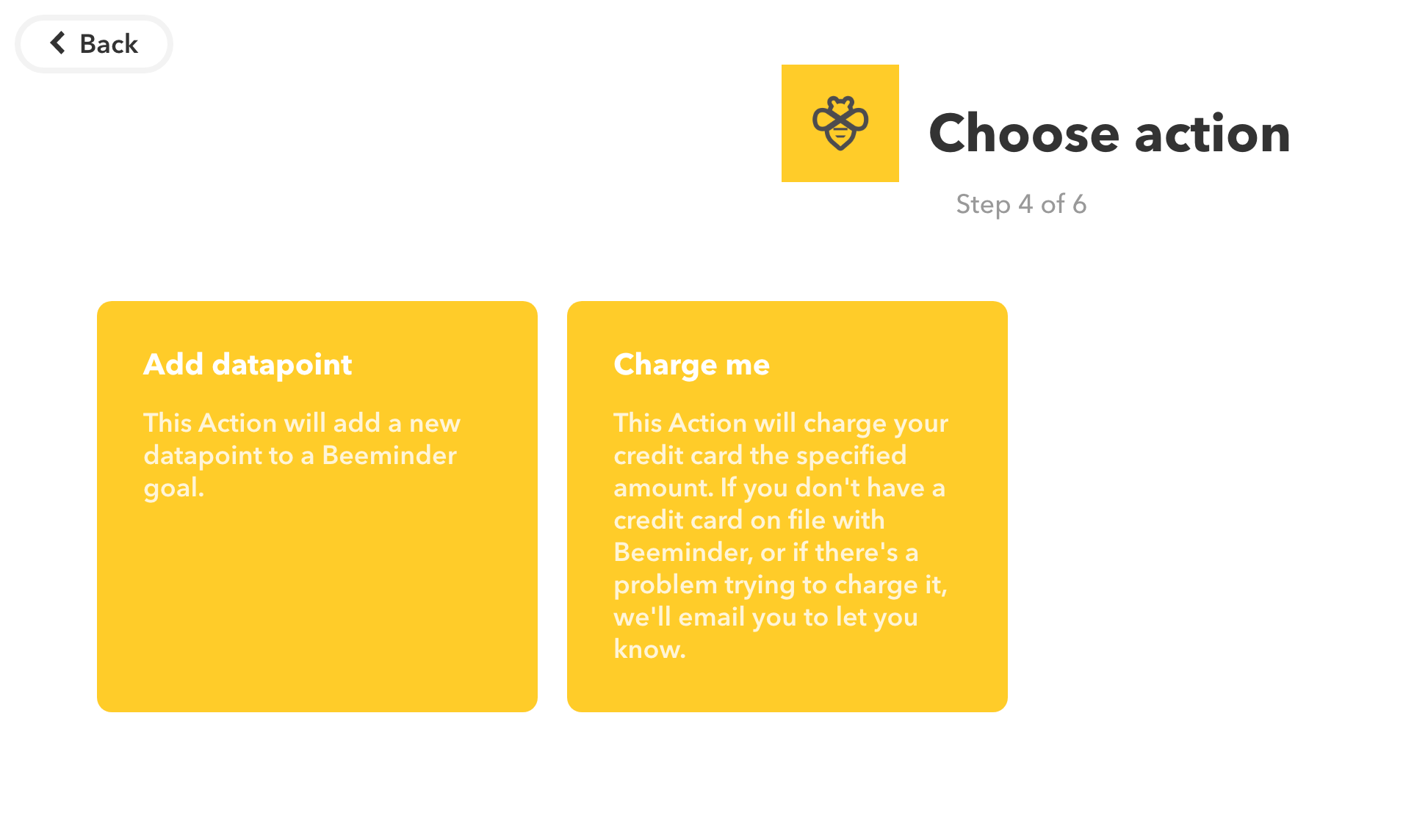
Then it’s just a matter of figuring out how you want your button pushes to be tracked, and what the datapoint comment should be.
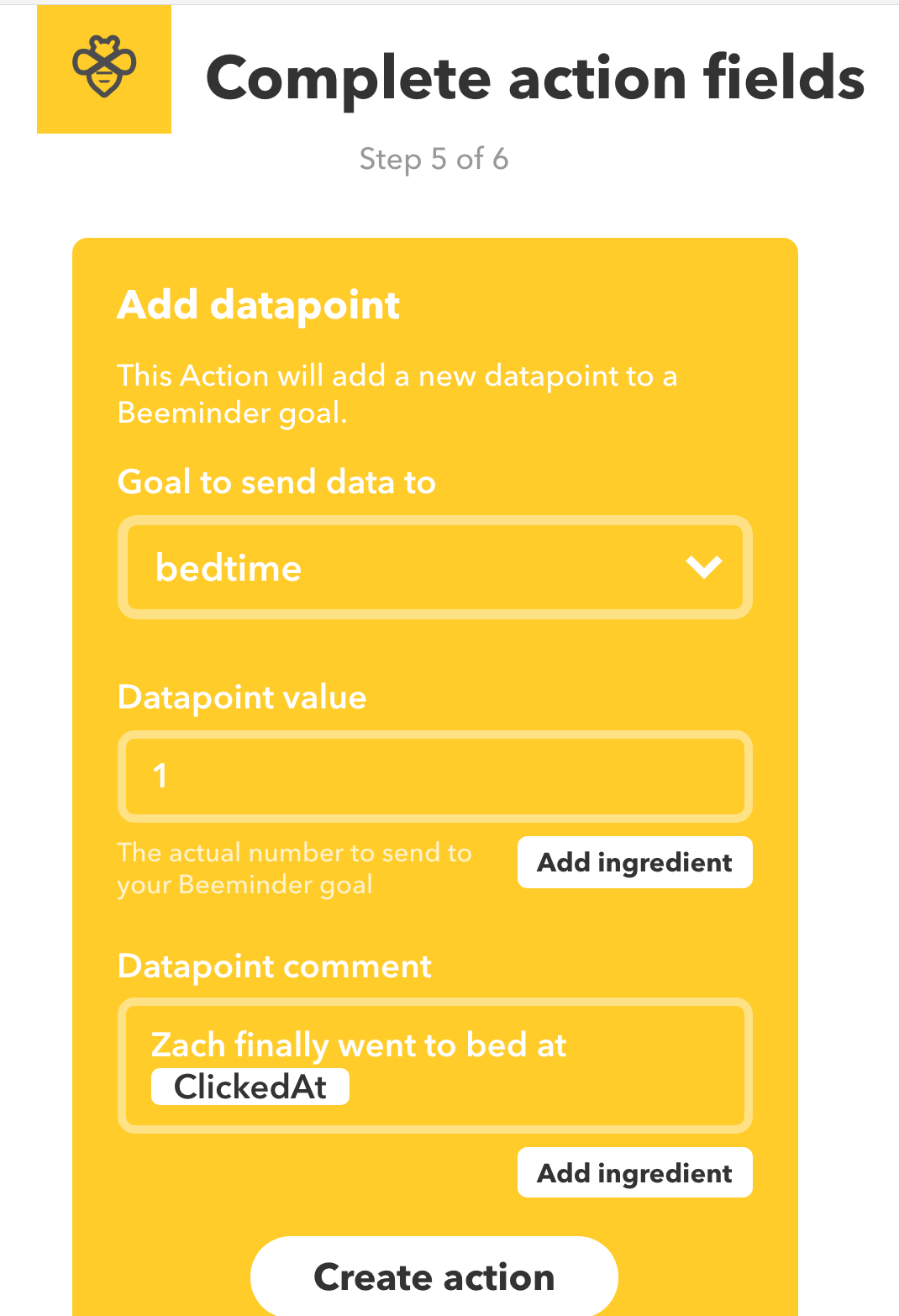
If you want to see how I keep up with this goal, you can find it on Beeminder.
Footnotes
[1] Since originally writing this post (months ago now!) I’ve noticed that I do often forget to use the button for tracking distractions. It is consistently good whenever I’m reminded of it, so editing this post will probably keep it top of mind for the next week.